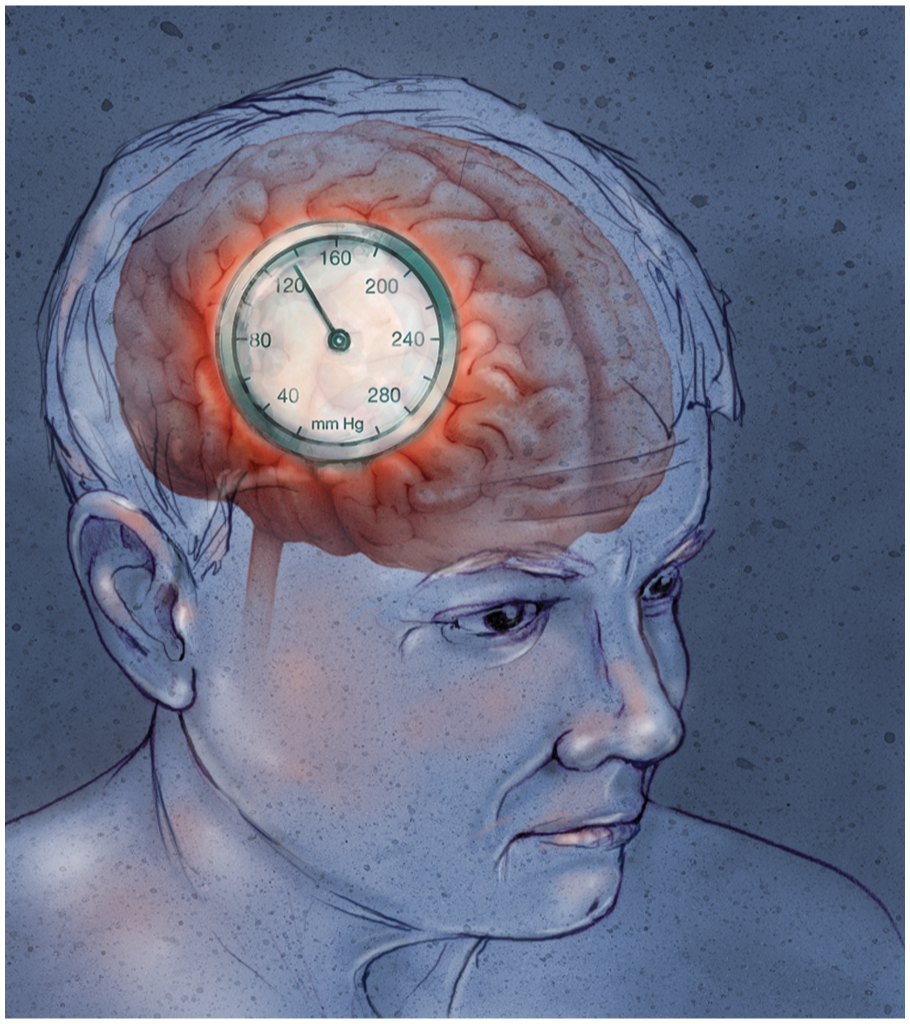Intensive blood pressure reduction with intravenous thrombolysis therapy for acute ischaemic stroke (ENCHANTED): an international, randomised, open-label, blinded-endpoint, phase 3 trial
-
et al.
-
Summary
Background
Systolic blood pressure of more than 185 mm Hg is a contraindication to thrombolytic treatment with intravenous alteplase in patients with acute ischaemic stroke, but the target systolic blood pressure for optimal outcome is uncertain. We assessed intensive blood pressure lowering compared with guideline-recommended blood pressure lowering in patients treated with alteplase for acute ischaemic stroke.
Methods
We did an international, partial-factorial, open-label, blinded-endpoint trial of thrombolysis-eligible patients (age ?18 years) with acute ischaemic stroke and systolic blood pressure 150 mm Hg or more, who were screened at 110 sites in 15 countries. Eligible patients were randomly assigned (1:1, by means of a central, web-based program) within 6 h of stroke onset to receive intensive (target systolic blood pressure 130–140 mm Hg within 1 h) or guideline (target systolic blood pressure <180 mm Hg) blood pressure lowering treatment over 72 h. The primary outcome was functional status at 90 days measured by shift in modified Rankin scale scores, analysed with unadjusted ordinal logistic regression. The key safety outcome was any intracranial haemorrhage. Primary and safety outcome assessments were done in a blinded manner. Analyses were done on intention-to-treat basis. This trial is registered with ClinicalTrials.gov, number NCT01422616.
Findings
Between March 3, 2012, and April 30, 2018, 2227 patients were randomly allocated to treatment groups. After exclusion of 31 patients because of missing consent or mistaken or duplicate randomisation, 2196 alteplase-eligible patients with acute ischaemic stroke were included: 1081 in the intensive group and 1115 in the guideline group, with 1466 (67·4%) administered a standard dose among the 2175 actually given intravenous alteplase. Median time from stroke onset to randomisation was 3·3 h (IQR 2·6–4·1). Mean systolic blood pressure over 24 h was 144·3 mm Hg (SD 10·2) in the intensive group and 149·8 mm Hg (12·0) in the guideline group (p<0·0001). Primary outcome data were available for 1072 patients in the intensive group and 1108 in the guideline group. Functional status (mRS score distribution) at 90 days did not differ between groups (unadjusted odds ratio [OR] 1·01, 95% CI 0·87–1·17, p=0·8702). Fewer patients in the intensive group (160 [14·8%] of 1081) than in the guideline group (209 [18·7%] of 1115) had any intracranial haemorrhage (OR 0·75, 0·60–0·94, p=0·0137). The number of patients with any serious adverse event did not differ significantly between the intensive group (210 [19·4%] of 1081) and the guideline group (245 [22·0%] of 1115; OR 0·86, 0·70–1·05, p=0·1412). There was no evidence of an interaction of intensive blood pressure lowering with dose (low vs standard) of alteplase with regard to the primary outcome.
Interpretation
Although intensive blood pressure lowering is safe, the observed reduction in intracranial haemorrhage did not lead to improved clinical outcome compared with guideline treatment. These results might not support a major shift towards this treatment being applied in those receiving alteplase for mild-to-moderate acute ischaemic stroke. Further research is required to define the underlying mechanisms of benefit and harm resulting from early intensive blood pressure lowering in this patient group.
Funding
National Health and Medical Research Council of Australia; UK Stroke Association; Ministry of Health and the National Council for Scientific and Technological Development of Brazil; Ministry for Health, Welfare, and Family Affairs of South Korea; Takeda.
https://www.thelancet.com/journals/lancet/article/PIIS0140-6736(19)30038-8/fulltext

